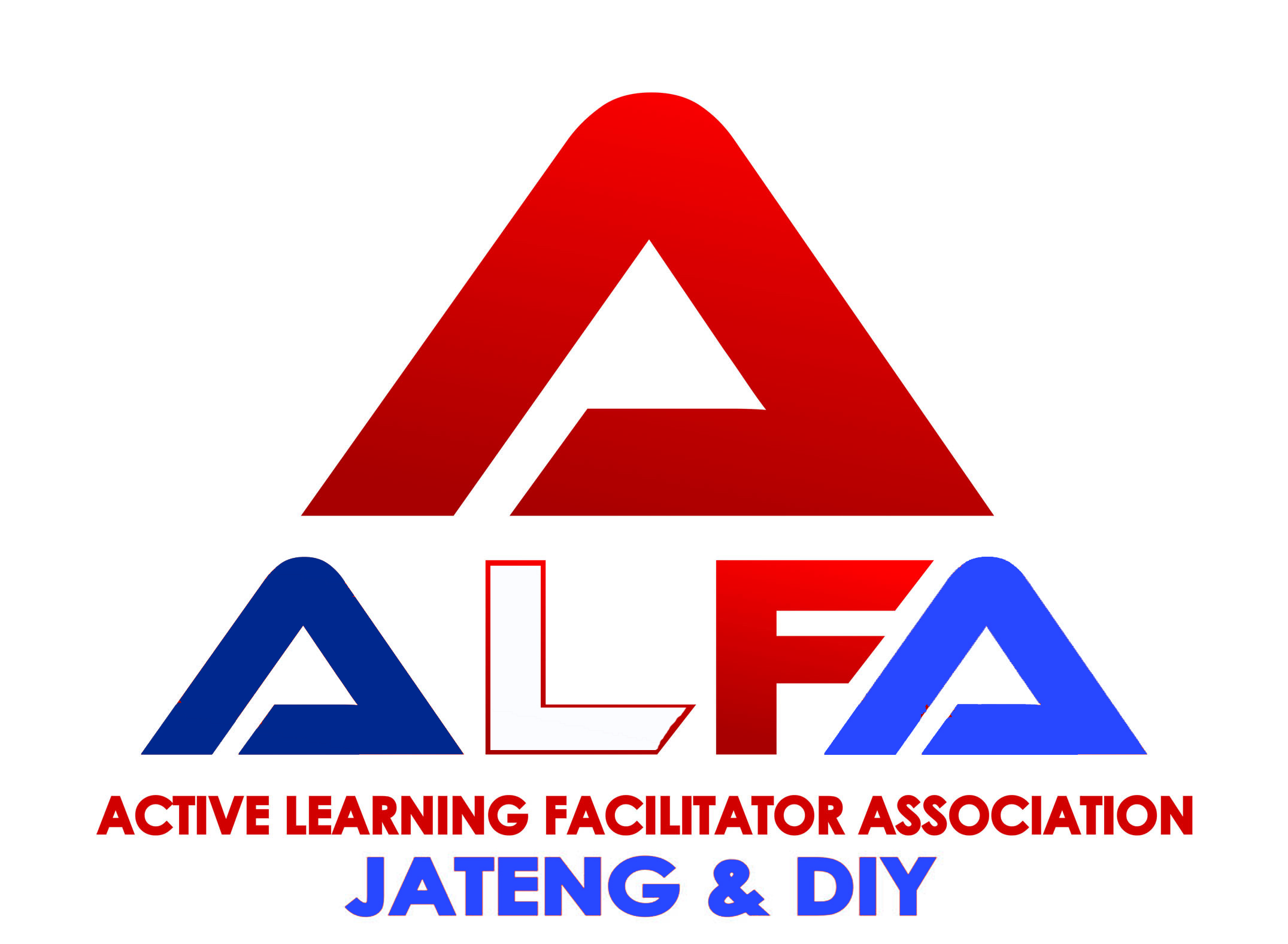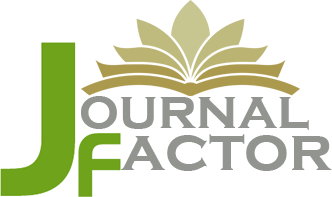Improving Creativity of the Future Physics Teachers Through General Biology Learning Based on CTL with Experimental Method
Abstract
The purpose of this research was to increase creativity of the future physicsteachersthrough General Biology learning based on CTL with experimental method. The type of research used in this study was classroom action research (CAR) through 4cycles of activity. Cycle I shown that on the achievement of creativity, the lowest indicator was in formulating question (59.21%), and the highest indicator was in formulating conclusion (76.32%) while the average of indicators’ achievement was 71,71% in which the target of 75% of performance indicator were failed to reach.Cycle II shownthat the lowest achievement indicator wasin applying the principle, that is 63,16% and the highest achievement indicator is in formulating conclusion, that is 78,95% while the average achievement of critical thinking skill of cycle II equal to 71,21%. Physics future teachers creativity were improved into 8.55% from pre-cycle I to cycle I while from cycle I to cycle II improved into 6.14%. The result of cognitive learning shown that of cycle II was obtained the mean value of cycle II which equal to 76,82. The percentage of the learners who had reached the target of learning mastery was 77.14%. The average of cognitive learning achievement of Physics future teachers was improved from pre cycle to cycle I into 10.54 while from cycle I to cycle II was improved into 3.2. The resultsshows that CTL experimental method can improve the creativity of the future physics teacher of IAIN Palangka.
Keywords: CTL, creativity, experimental method
Full Text:
PDFReferences
Deta, U. A., & Widha, S. (2013). The Influence of Guided Inquiry Methods and Projects, Creativity, and Science Process Skills to Student Achievement.Jurnal Pendidikan Fisika Indonesia, 9(1):28-34.
Jonsdottir, S.R. (2017). Narratives of creativity: How eight teachers on four school levels integrate creativity into teaching and learning.Thinking Skills and Creativity, 24(1): 127-139.
Johnson, E. B. 2010. Contextual Teaching & Learning: Make Learning-Teaching Fun and Meaningful. Bandung: Kaifa.
Kim, M. K., Roh, I. S., & Cho, M. K. (2016). Creativity of gifted students in an integrated math-science instruction. Thinking Skills and Creativity, 19, 38-48.
Kunandar. (2008). Easy Step Classroom Action Research As Teacher Profession Development. Jakarta: Raja Grafindo Persada.
Munandar, U. (2004). Development of the Creativity of the Children. Jakarta: Rineka Cipta.
Gardiner, P. (2017). Rethinking feedback: Playwriting pedagogy as teaching and learning for creativity. Teaching and Teacher Education, 65, 117-126.
Sawyer, R. K. (2017). Teaching creativity in art and design studio classes: A systematic literature review. Educational Research Review, 22, 99-113.
Soh, K. (2017). Fostering student creativity through teacher behaviors. Thinking Skills and Creativity, 23, 58-66.
Yuwanawati, R. (2014). Mathematics learning using contextual teaching and learning method (ctl) and problem based learning (pbl) on cube and block subjects in terms of creativity of students of class viii smp muhammadiyah 5 ngawi even semester of lesson year 2013. JANGKA, 1(1).
DOI: https://doi.org/10.31002/ijose.v2i1.621
Refbacks
- There are currently no refbacks.
Copyright (c) 2018








